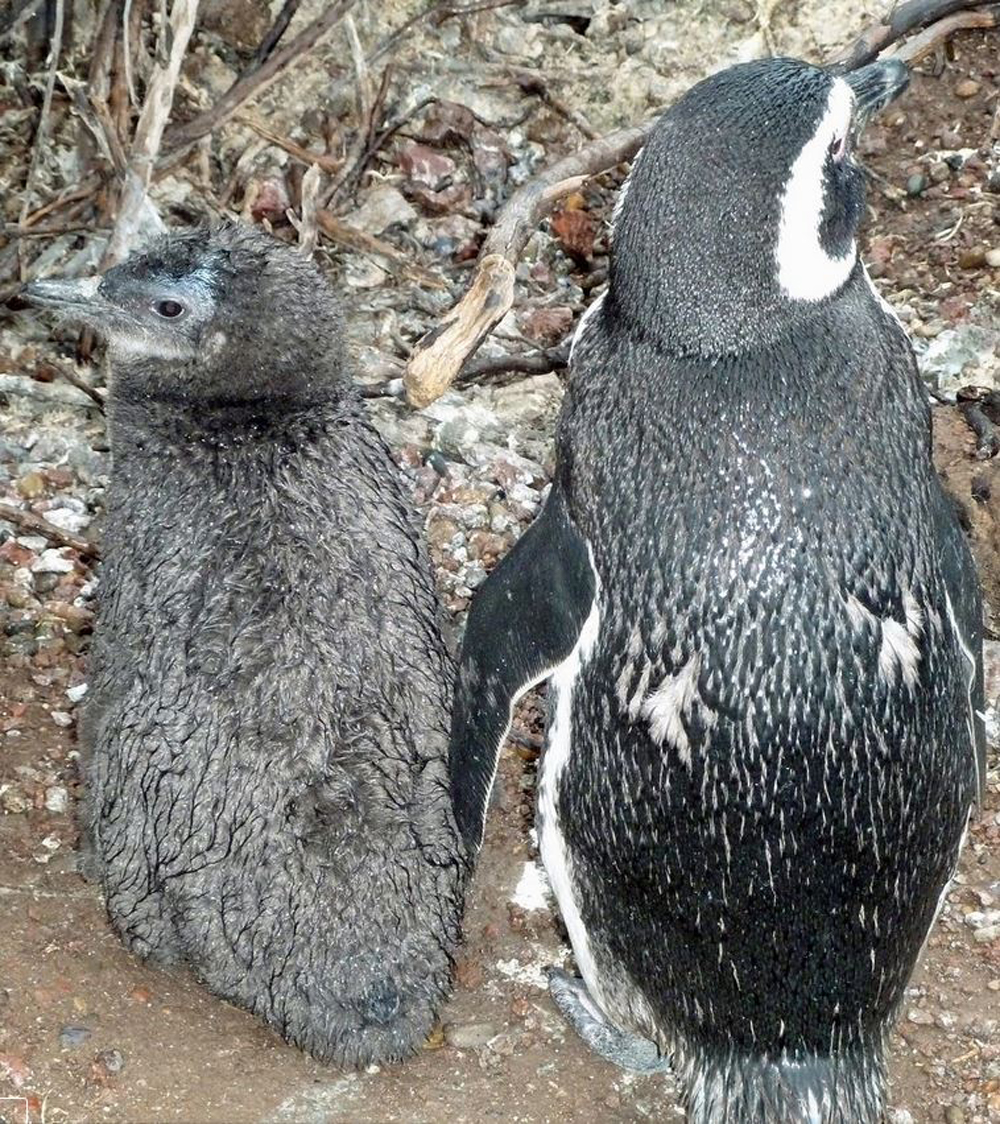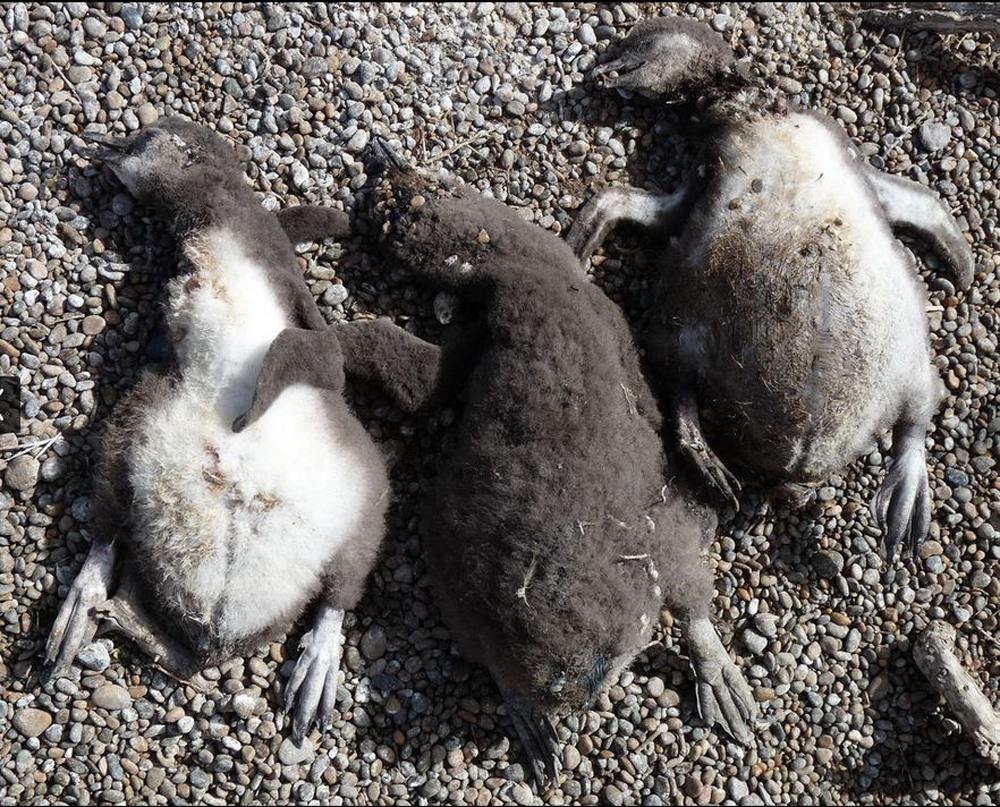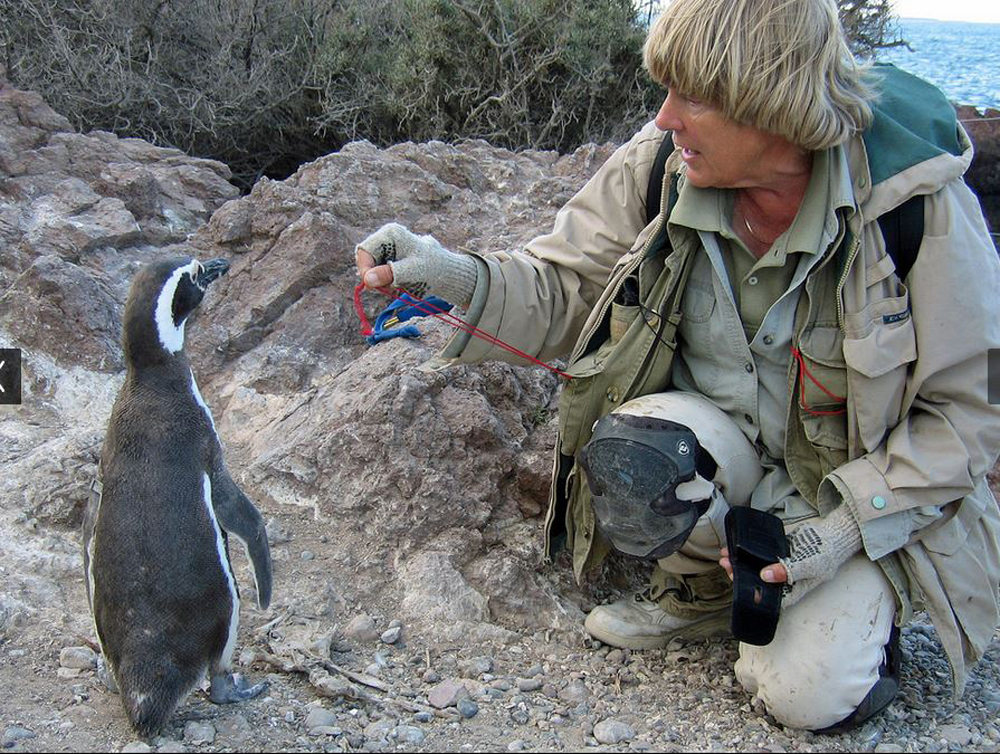Images: Downy Magellanic Penguin Chicks Suffer From Hypothermia
Too big to protect

Magellanic penguins are medium-sized penguins that live along the coasts of Chile and Argentina. Researchers based at the University of Washington in Seattle have been monitoring a Magellanic colony located about halfway up the coast of Argentina for nearly 30 years, and have found that mortality rates in chicks have increased in recent years. They attribute this, in part, to increased summer rainstorms which induce hypothermia in young that have not yet developed waterproof plumage, but are too big to seek shelter underneath their parents, as seen in this image.
Wet chick with adult

Rainwater has seeped into this chick's down, but runs off the waterproof plumage of its parent.
Wet chick

Two chicks in a burrow with a parent. Burrows provide a shelter from rain, but if they are not in a prime location or if they are poorly built, then they can pool with water and become a dangerous place for the chicks.
Dry chick

This chick has found refuge in a burrow, where the water is still shallow enough to not wet its downy plumage.
Chicks die of hypothermia

Three chicks suffer from hypothermia and die after a rainstorm.
Researcher with curious penguin

Dee Boersma has been studying this colony of Magellanic penguins for nearly 30 years.
Get the world’s most fascinating discoveries delivered straight to your inbox.



